Introduction
The video illustrates the process of applying a durable floor coating for an aircraft hangar, using TIGERBOND™ 221 ULTRA as the final coat. Below you will find a step-by-step process of applying a high-quality 100% solids epoxy coating, designed to withstand heavy aircraft traffic and chemical exposure.
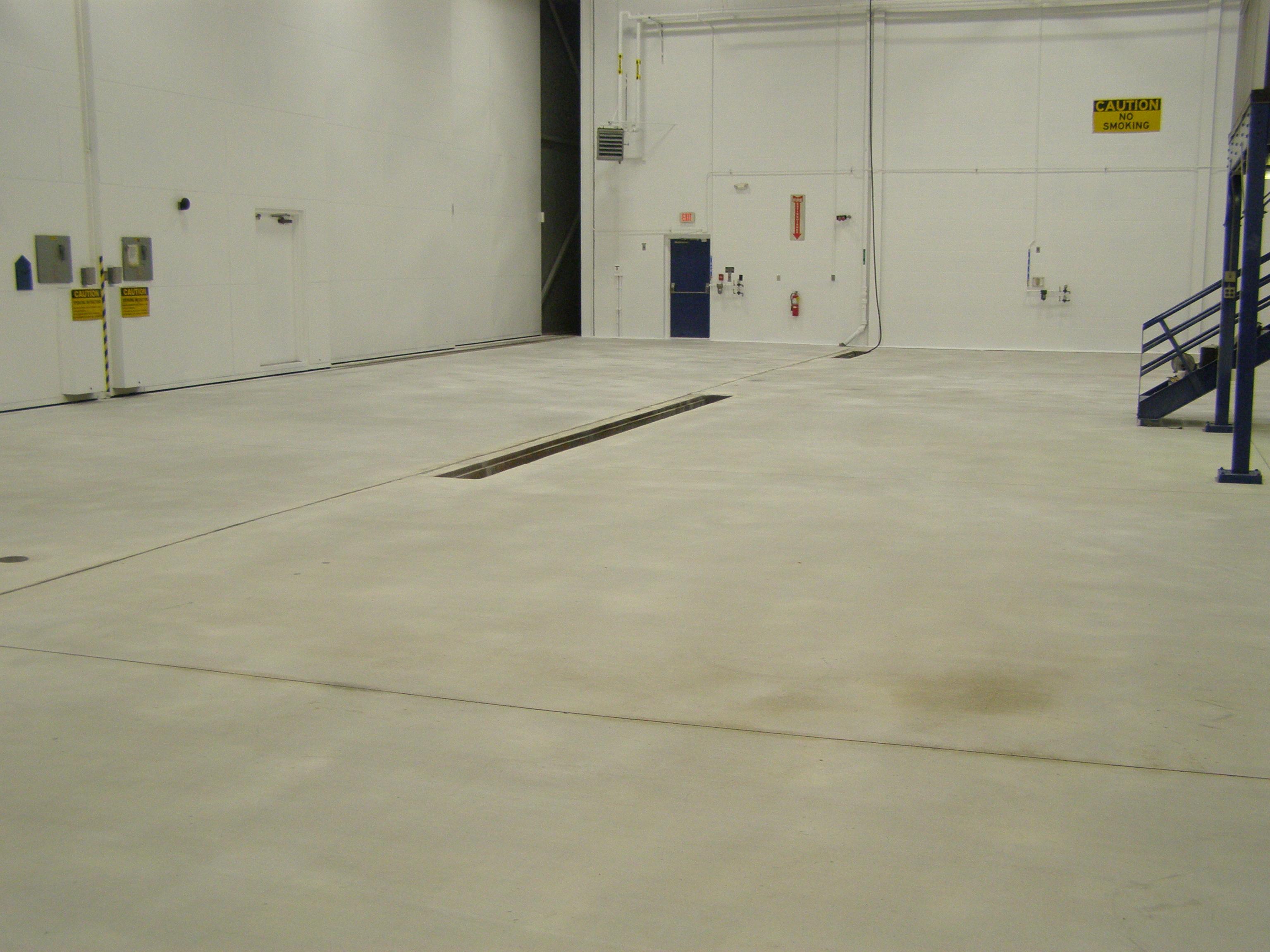
Key Products for Hangar Floors
- TIGERBOND™ 221 ULTRA: This high-build epoxy coating is ideal for aircraft hangars due to its resistance to chemicals, oil, fuel, and heavy machinery wear.
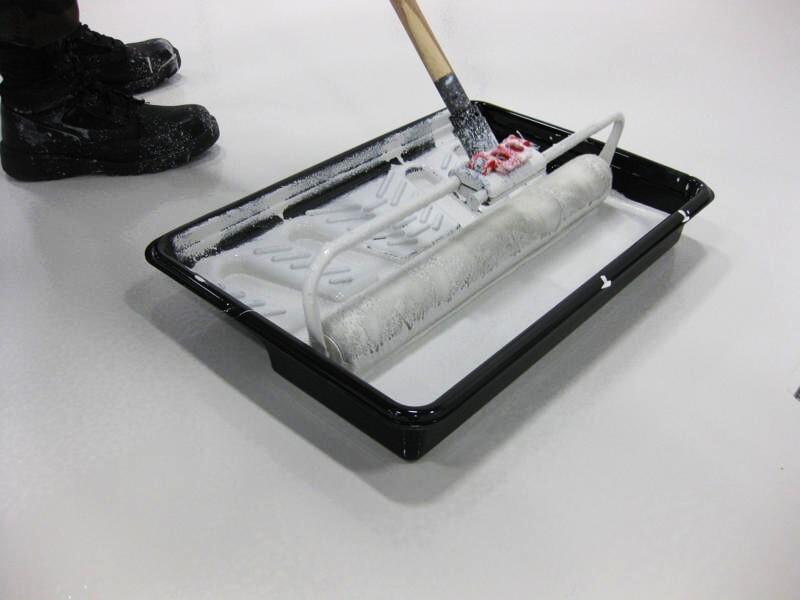
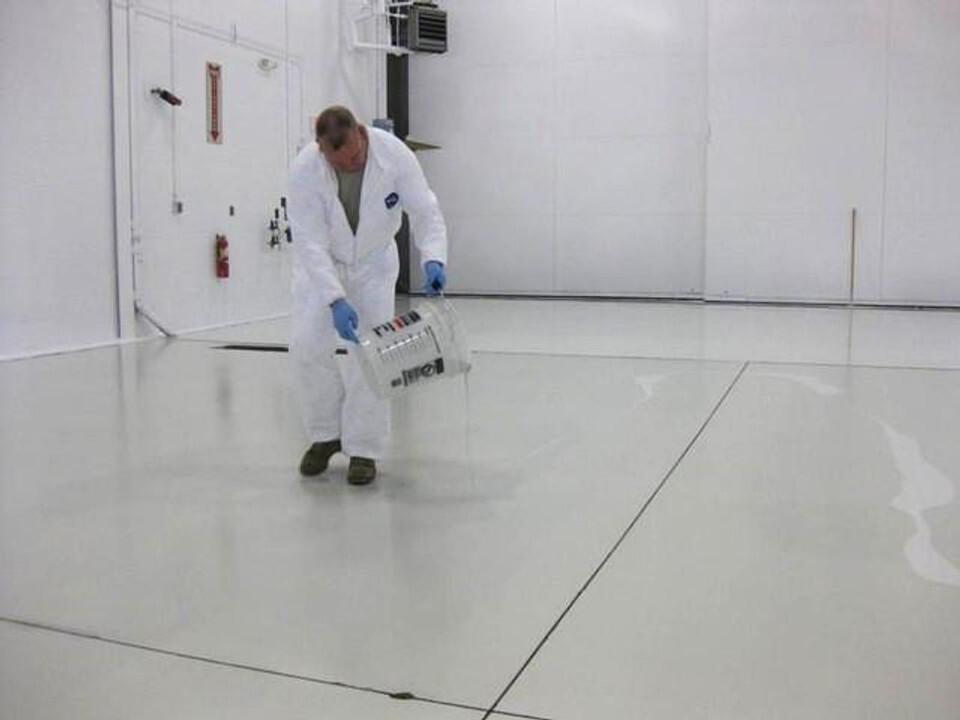
How to Apply Aircraft Hangar Floor Coatings
- Prepare the Surface: Begin by cleaning the concrete floor thoroughly. Use shot blasting or diamond grinding to remove dirt, oils, or previous coatings. This ensures proper adhesion.
- Test Moisture Levels: Ensure the concrete’s moisture vapor transmission rate is below three pounds per thousand square feet for optimal adhesion.
- Apply Primer: Use a primer designed for concrete floors to enhance bonding between the concrete and coating.
- Mix and Apply the Coating: Mix TIGERBOND™ 221 ULTRA according to the manufacturer's instructions. Apply it using a rubber squeegee for an even spread, then smooth with a 1/4" hair nap roller to achieve a uniform finish.
- Allow Curing Time: Let the final coat cure fully before allowing heavy equipment or aircraft to move on it.
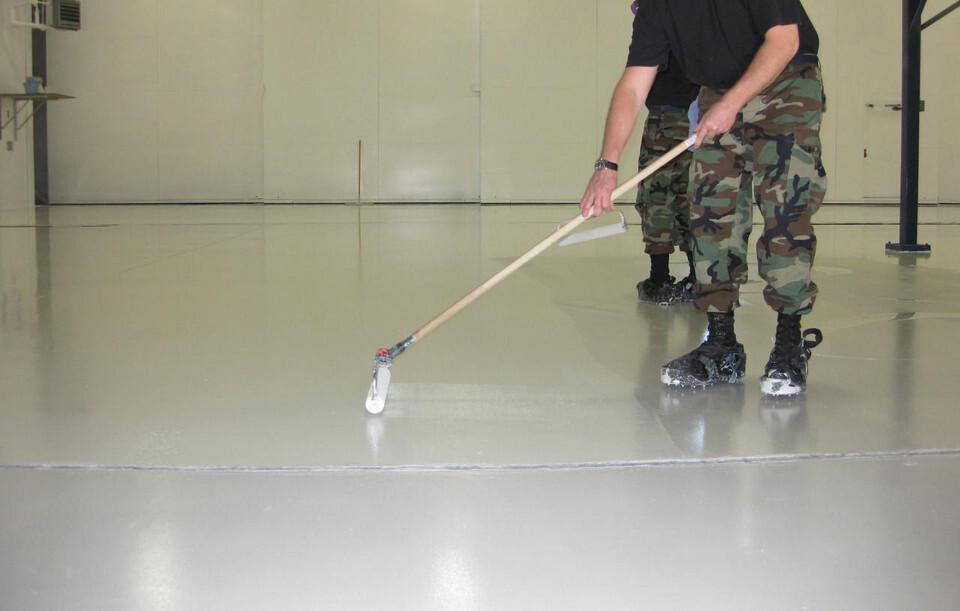
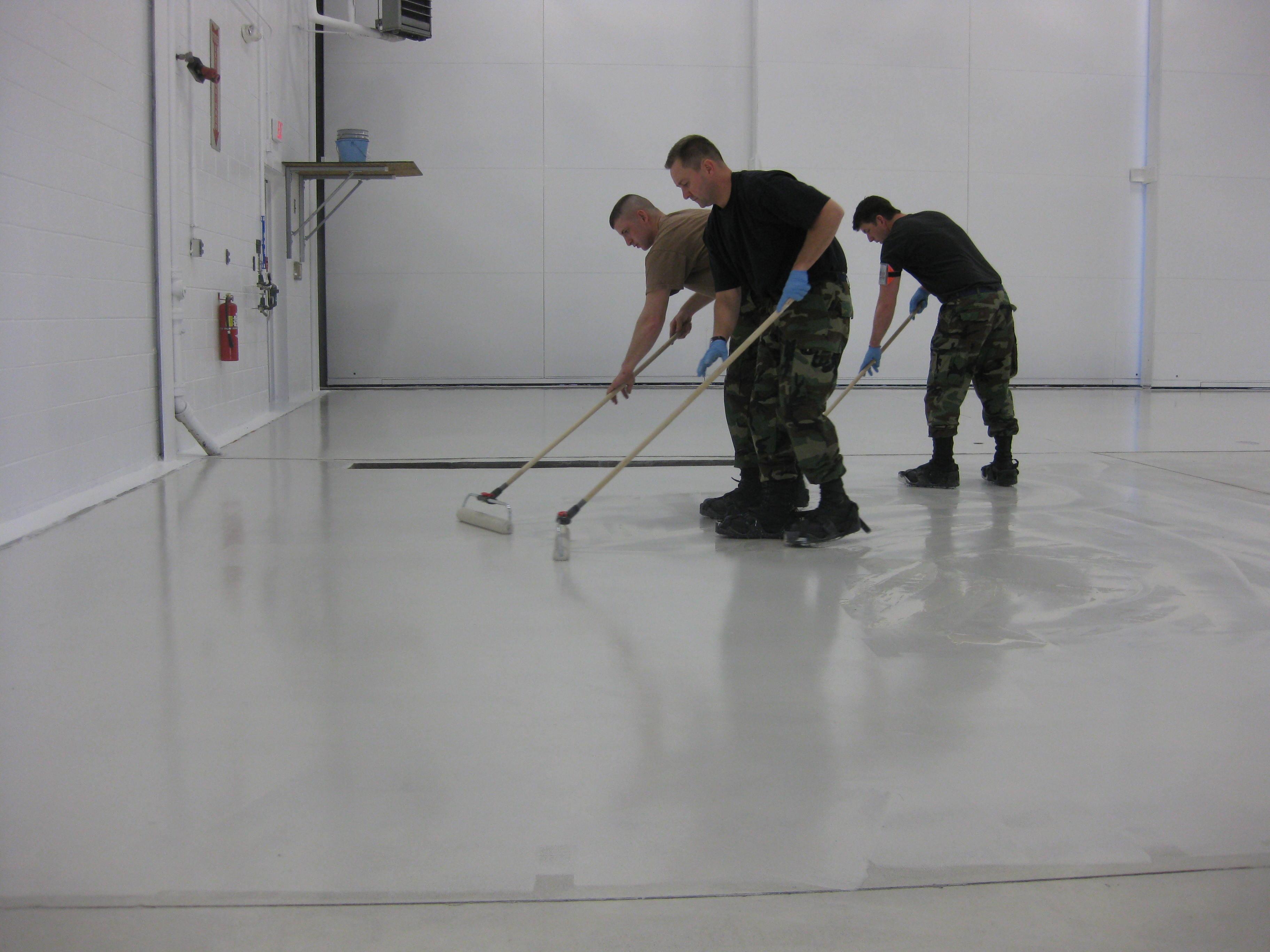
The Benefits of a Well-Coated Hangar Floor
A properly coated hangar floor resists damage from oil, fuel, and heavy traffic, while being easy to clean and maintain, ensuring longevity and safety.
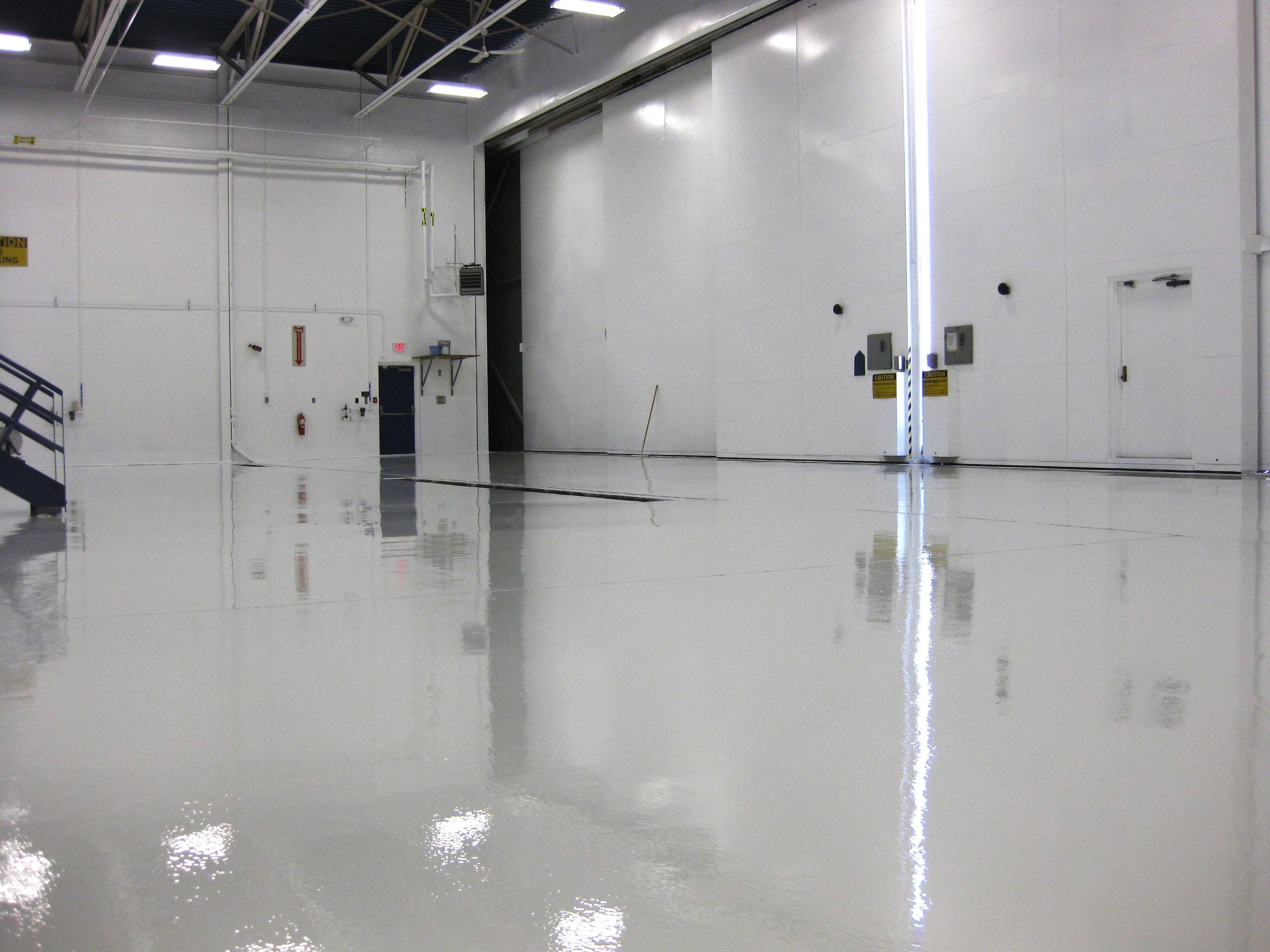
Long-Term Protection
By using TIGERBOND™ 221 ULTRA, you’re investing in a durable, easy-to-maintain floor system that will stand the test of time, ensuring a safe and functional hangar environment.